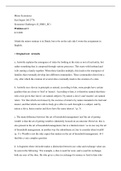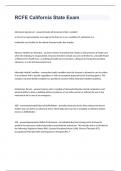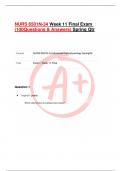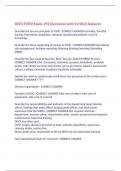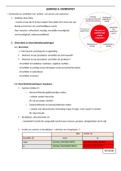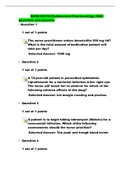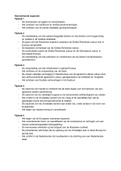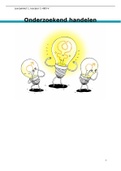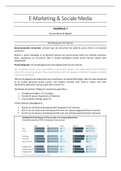Overig
Economic Challenges Problem Sets + Glossary Assignment - Grade: 2/2
- Instelling
- Vrije Universiteit Amsterdam (VU)
Answers to all six problem sets for the course Economic Challenges. Each problem set is graded a 2/2. It also contains a glossary assignment on the 'Reflection Effect' which was graded with a 'pass'.
[Meer zien]
